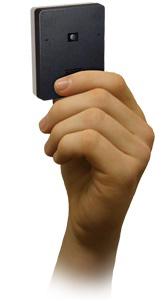|
Designing Through a Depression

...
Planet Reuse connects architects and designers contractors and material reclaimers, enabling them to find and source reused building materials. And many designers already excel at transforming those materials into useful and beautiful objects wherein something as ubiquitous as a telephone book can be used to create a coffee table. I’m not suggesting that everything designed today has to reuse something, but at minimum designers should aim for longer use, fewer materials.

Table from Inhabitat’s Spring Green Design competition by Rodrigo Jaroseski.
At its heart, design is about problem-solving, but it’s also about problem-identifying. Instead of creating a need for things, designers can now focus on responding to things we do need. We may have never been confronted with as many problems as we are today; the blame for them can’t be attributed to designers, but many future solutions can — and will be.














![Reblog this post [with Zemanta]](http://img.zemanta.com/reblog_e.png?x-id=147cde74-da3e-425b-90ba-089b82b80817)


